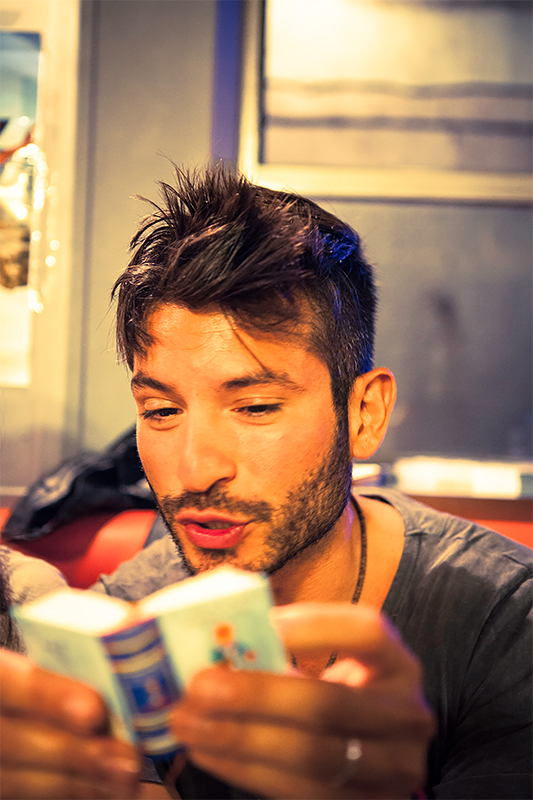Bernard Benavides (Barcelona, 1980), photographer, licensed by the Gris Art School Barcelona, in 2011, has developed his professional and artistic career through his passion for travel and photography. Always interested in the remote cultures of distant countries, with which he establishes a personal and close link to meet in person, to experience the day to day of the ethnic group, its culture, its rituals and its particular landscapes and lost paradises. This has marked the pulse of his travels and allowed him to perceive each face and each landscape uniquely.
He is an avid traveler who takes the opportunity to escape and travel the world with his camera and backpack. He likes the most complicated challenges and trips.
Since different events occur in the interests of today's world, his preference is always social photography. He believes that it is not the experience itself, but the meaning that he gives to the experience.
His professional and artistic career began at the age of thirteen. Having personally experienced the Civil War of El Salvador for three years, it marked the rest of his life and had an important influence on the decision to direct his career to photojournalism. In 2011, due to personal and professional stability gained from the cultural exchanges experienced in his previous trips, as well as for the discovery of new places such as Kano, Nigeria, he adopted a different and more critical outlook when discovering and documenting the ethnic political conflict between Christians and Muslims. Nigeria was a country where he developed a high degree of personal and professional learning. His long trips through Central Asia, South East Asia, America, Australia, and currently a two-year trip through Africa, have led him to enjoy and document with his lens, the native peoples and especially the fascination of living with tribes.
